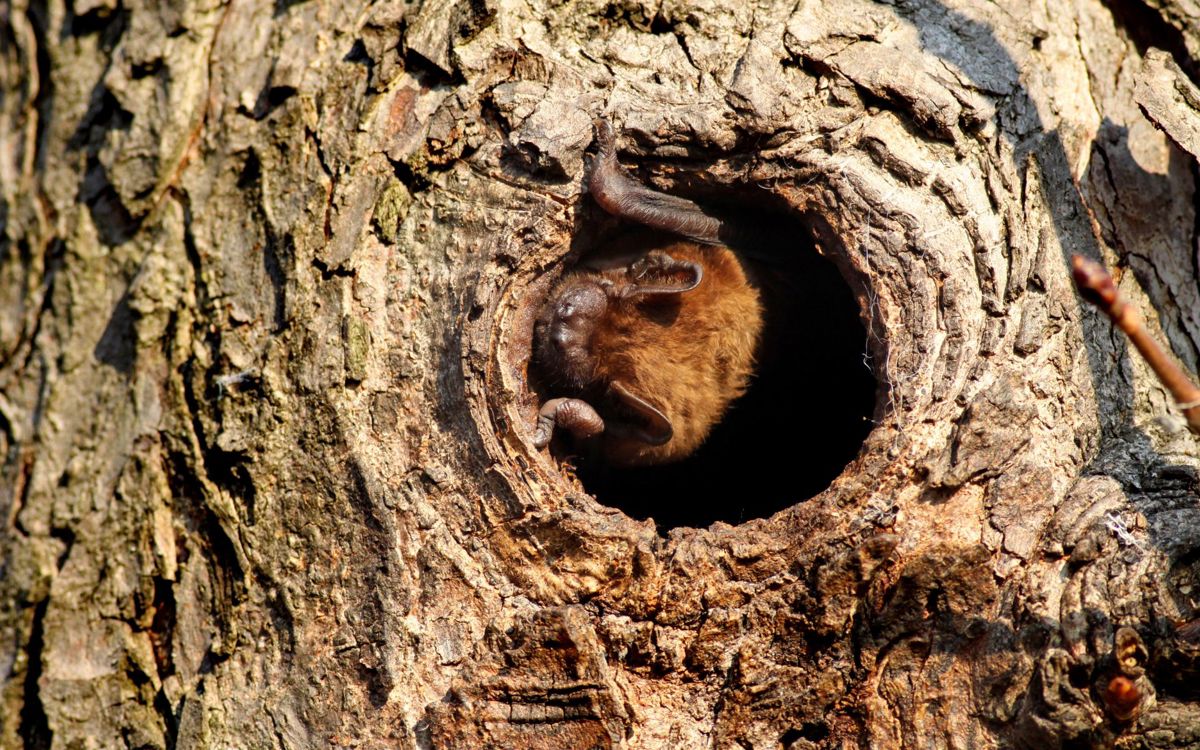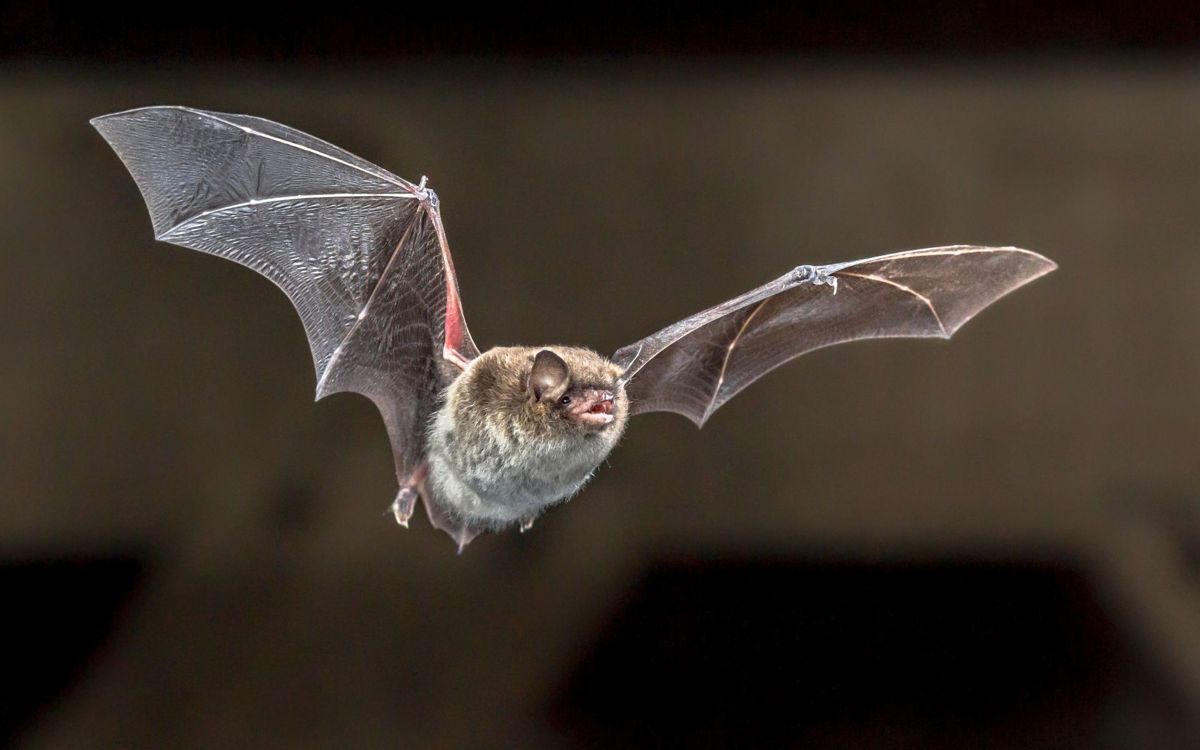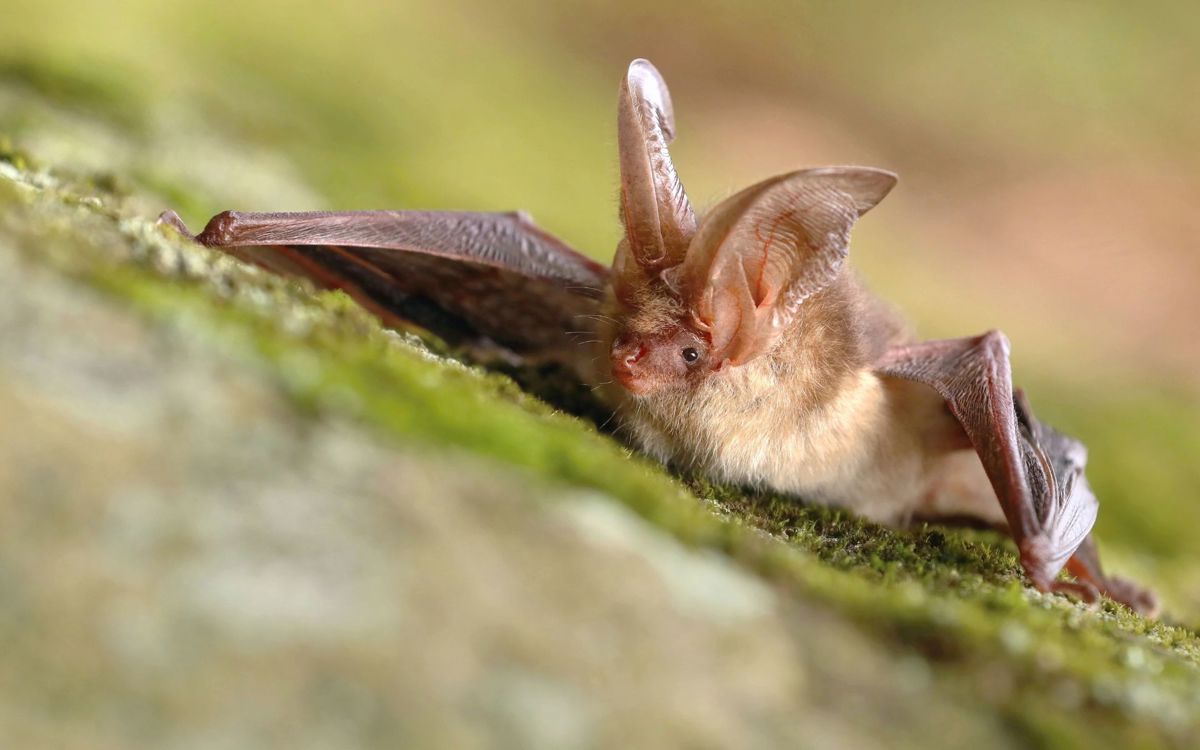
Bats
Bats play a crucial role in the local environment. At The Parks Trust, our efforts focus on protecting the various local species, utilising box monitoring in the ancient woodlands and conducting surveys to enhance their habitat connections across the city's landscape.

- The only true flying mammal in the world!
- There are 18 species of bat found in the UK.
- They feed on insects at dusk and dawn.
- There are over 1,400 species of bats in the world, and more are still being discovered.
- Bats are essential in the natural world and are indicators of a healthy environment. Their future is directly linked to our quality of life and our environment.
- In the UK, the Bat Conservation Trust, supports nearly 100 local bat groups and thousands of dedicated volunteers working to care for bats, monitor bat populations, create bat-friendly gardens and answer questions about these fantastic creatures.

Bats are a protected species as they face threats ranging from predation to crime and habitat loss. In the UK, bats and their roosts are protected by law which means you may be committing a criminal offence if you deliberately injure a wild bat or destroy their habitat.
Fortunately, most of our bat species populations remain stable. However, they are vulnerable to disturbances and several other threats. For example, their homes, foraging and commuting routes such as hedgerows and woodlands, have shrunk due to changes in farming and increased use of pesticides. Building activities, including barn conversions and home insulations, can disrupt their habitats since bats remain committed to their roosting sites.
Cats can also be a threat, especially during bat maternity season from June to August - it's best to keep your four-legged friends indoors at night. Artificial lights have the potential to disrupt their feeding and flying habits. Roads, wind farms, and turbines further disrupt their routes and can cause direct harm. Additionally, night fishing can injure bats with hooks and lines.

To support our protection of local bat species, there are several actions you can take in your garden:
- Reduce your use of pesticides and herbicides, allowing for a healthier environment.
- Embrace biodiversity by setting up a bug hotel and creating a composting area, which provides essential habitats for insects that bats feed on.
- Planting night-scented flowers can attract bat food, such as moths and other insects.
- Consider adding a small pond the size of a washing-up bowl, as water sources can benefit various wildlife.
- Maintain scruffy edges or reduce grass cutting to offer shelter and habitats for bats and their prey.
- Lastly, consider letting your garden evolve naturally, aligning with wildlife-friendly gardening practices.
Species found in Milton Keynes
Across the green spaces we care for, the noticeable parks to look out for bats would be Walton Lake, Great Linford Manor Park, Floodplain Forest Nature Reserve, Furzton Lake and along the Grand Union Canal.
| Name | Location |
|
Common Pipistrelle |
Widespread and common throughout Buckinghamshire in urban parks and gardens. |
|
Soprano Pipistrelle |
Widespread and common throughout Buckinghamshire in urban parks and gardens. |
|
Brown Long-Eared |
Widespread and common in ancient woodlands and old buildings |
|
Noctule |
Widespread and fairly common, with many tree roosts in the ancient woodlands exploiting woodpecker holes. |
|
Myotis Daubenton's |
Widespread and common over water, regularly seen along the Grand Union Canal. |
|
Serotine |
Widespread and fairly common in the south of Buckinghamshire, occasionally seen in our parks |
|
Natterer's |
Widespead woodland species and fairly common |
If you want to learn more about identifying and listening out for bats, we host several guided Bat Walks throughout the year. It's an excellent opportunity to discover more about these fascinating creatures and possibly see them in action!











